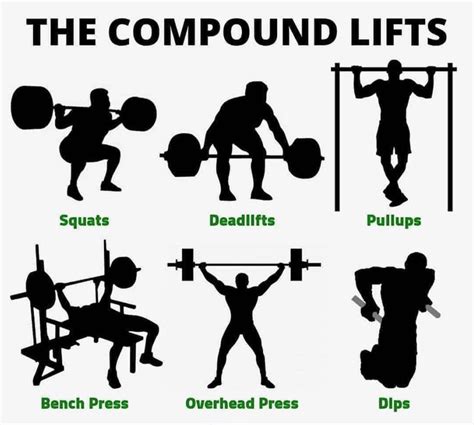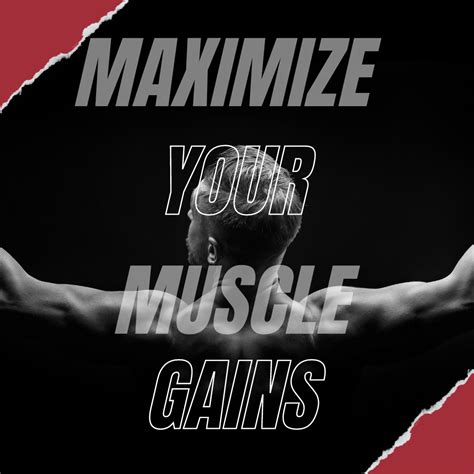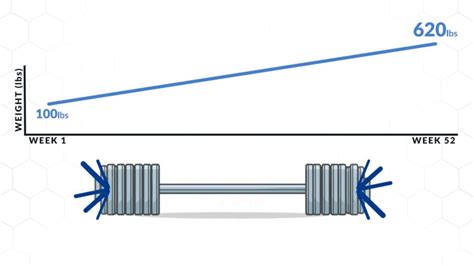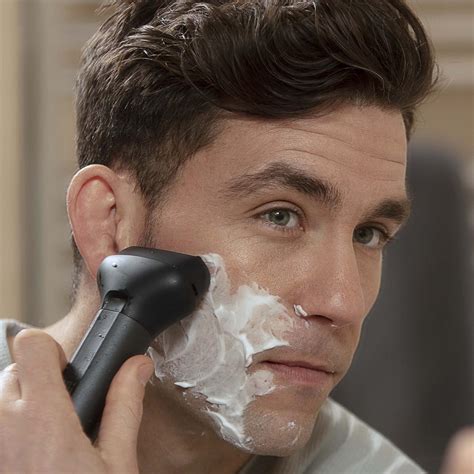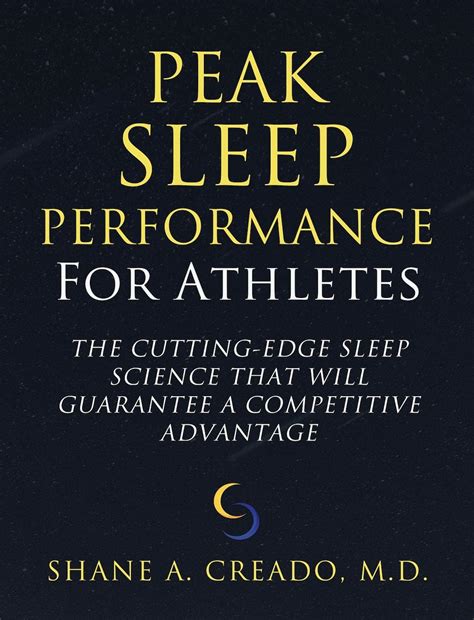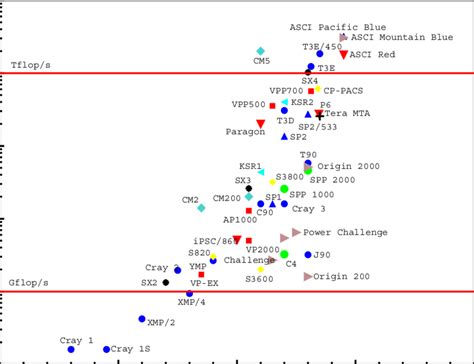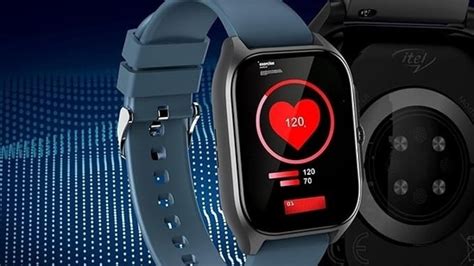Which fitness wearable offers best data for peak performance & recovery optimization?

Unlocking Your Potential: The Rise of Data-Driven Fitness
In the relentless pursuit of peak performance and optimal health, athletes and fitness enthusiasts are increasingly turning to technology for an edge. Fitness wearables have evolved beyond simple step counters, now offering deep insights into our bodies’ physiological states. But with a crowded market, the crucial question remains: which device provides the most reliable and actionable data for truly optimizing performance and recovery?
Understanding your body’s signals – from sleep patterns to heart rate variability – is paramount. The right wearable can transform guesswork into precise, data-backed decisions, guiding your training intensity, rest periods, and even nutrition.
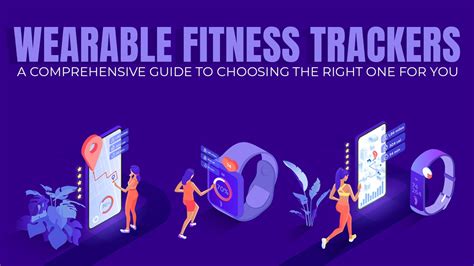
Key Metrics for Performance & Recovery Optimization
Before diving into specific devices, it’s essential to understand the core metrics that truly matter for performance and recovery:
- Heart Rate Variability (HRV): A powerful indicator of your autonomic nervous system’s balance, reflecting stress levels and recovery status. Higher HRV often indicates better recovery.
- Sleep Stages & Quality: Tracking REM, deep, and light sleep helps assess the restorative power of your sleep, crucial for physical and mental recovery.
- Training Load/Strain: Quantifying the physiological stress of your workouts helps you avoid overtraining and optimize intensity.
- Body Temperature: Fluctuations can indicate illness, ovulation, or overall stress, impacting readiness.
- Resting Heart Rate (RHR): A key health indicator; a sudden increase can signal fatigue or illness.
Top Contenders for Advanced Data Analysis
Whoop: The Recovery Specialist
Whoop is perhaps best known for its laser focus on recovery. It measures strain, sleep, and recovery, providing a daily recovery score based primarily on HRV, RHR, and sleep performance. Its strength lies in its ability to quantify daily physiological stress (strain) and provide clear guidance on how ready your body is for more. It’s a subscription-based service, emphasizing continuous monitoring and coaching.
Oura Ring: The Subtle Sleep & Readiness Guru
The Oura Ring offers comprehensive sleep tracking and a daily Readiness Score, all from a discreet ring worn on your finger. It tracks body temperature variations, HRV, RHR, and sleep stages with high accuracy, making it excellent for understanding overall health and recovery. Oura excels in providing contextual insights into how lifestyle factors impact your readiness.

Garmin: The Athlete’s Ecosystem
Garmin watches offer an extensive suite of metrics tailored for athletes. Features like Training Status, Training Load Focus, Recovery Time Advisor, and Body Battery provide deep insights into your physical exertion, required recovery, and energy levels. Garmin integrates these metrics with GPS tracking and advanced sports profiles, making it a comprehensive choice for multi-sport athletes.
Apple Watch & Samsung Galaxy Watch: The Lifestyle Integrators
While not exclusively recovery-focused, modern smartwatches from Apple and Samsung offer robust health tracking. They provide good heart rate monitoring, ECG capabilities, blood oxygen (SpO2), and increasingly sophisticated sleep tracking. With numerous third-party apps, they can be customized to offer more performance and recovery insights, though often requiring more manual interpretation than dedicated devices like Whoop or Oura.
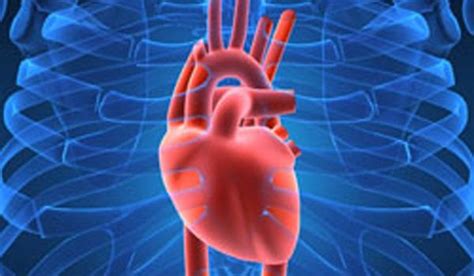
Choosing Your Ideal Wearable: A Decision Matrix
The ‘best’ wearable ultimately depends on your specific needs and priorities:
- For Dedicated Recovery & Stress Management: Whoop and Oura are top-tier. Whoop provides more granular strain/recovery data, while Oura is excellent for sleep and readiness with a more discreet form factor.
- For Multi-Sport Athletes & Training Optimization: Garmin offers an unparalleled ecosystem for tracking diverse activities, alongside strong recovery and training load metrics.
- For General Health & Smartwatch Features: Apple Watch or Samsung Galaxy Watch provide a broader range of functionalities, with solid health tracking that can be augmented by third-party fitness apps.
Consider the data granularity you require, the comfort of the device, subscription models, and how well the device integrates into your daily life and existing tech ecosystem.

Conclusion: Empowering Your Journey with Data
The landscape of fitness wearables is constantly evolving, with each device offering unique strengths for performance and recovery optimization. Whether you’re an elite athlete pushing boundaries or simply striving for better overall health, leveraging these tools can provide invaluable insights.
By understanding the metrics that matter and choosing a device that aligns with your lifestyle and goals, you can move beyond intuitive training to a data-informed approach, unlocking new levels of performance and ensuring your body gets the recovery it needs to thrive. The future of personalized fitness is here, and it’s driven by the smart data on your wrist or finger.



